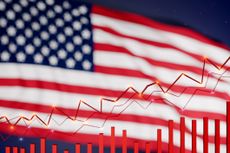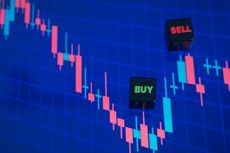Stock Markets
The latest news, updates and opinions on Stock Markets from the expert team here at MoneyWeek
Explore Stock Markets
-

Is the stock market open on Christmas?
‘Tis the season for stuffing stocks – so investors may want to know if the UK stock market is open for trading on Christmas. Here’s everything you need to know
By Oojal Dhanjal Last updated
-

US stocks: opt for resilience, growth and value
Opinion Julian Wheeler, partner and US equity specialist, Shard Capital, highlights three US stocks where he would put his money
By Julian Wheeler Published
Opinion -

Goodwin: A superlative British manufacturer to buy now
Veteran engineering group Goodwin has created a new profit engine. But following its tremendous run, can investors still afford the shares?
By Jamie Ward Published
-

Is US stock market exceptionalism over?
US stocks trailed the rest of the world in 2025. Is this a sign that a long-overdue shift is underway?
By Cris Sholto Heaton Published
-

Metals and AI power emerging markets
This year’s big emerging market winners have tended to offer exposure to one of 2025’s two winning trends – AI-focused tech and the global metals rally
By Alex Rankine Published
-

Share tips 2025: this week’s top stock picks
Share tips Share tips 2025: MoneyWeek’s roundup of the top stock picks this week – here’s what the experts think you should buy
By MoneyWeek Last updated
Share tips -

Should you invest in UK stocks for 2026?
With UK interest rates and inflation falling, 2026 could be the year that UK stocks rebound
By Dan McEvoy Last updated
-

The best shares to hold for perks and freebies
Many companies – including some big names – still offer shareholders perks and discounts. Here are some of our favourites
By David Prosser Last updated
-

Quality emerging market companies with consistent returns
Opinion Mark Hammonds, portfolio manager at Guinness Global Investors, selects three emerging market stocks where he'd put his money
By Mark Hammonds Published
Opinion
